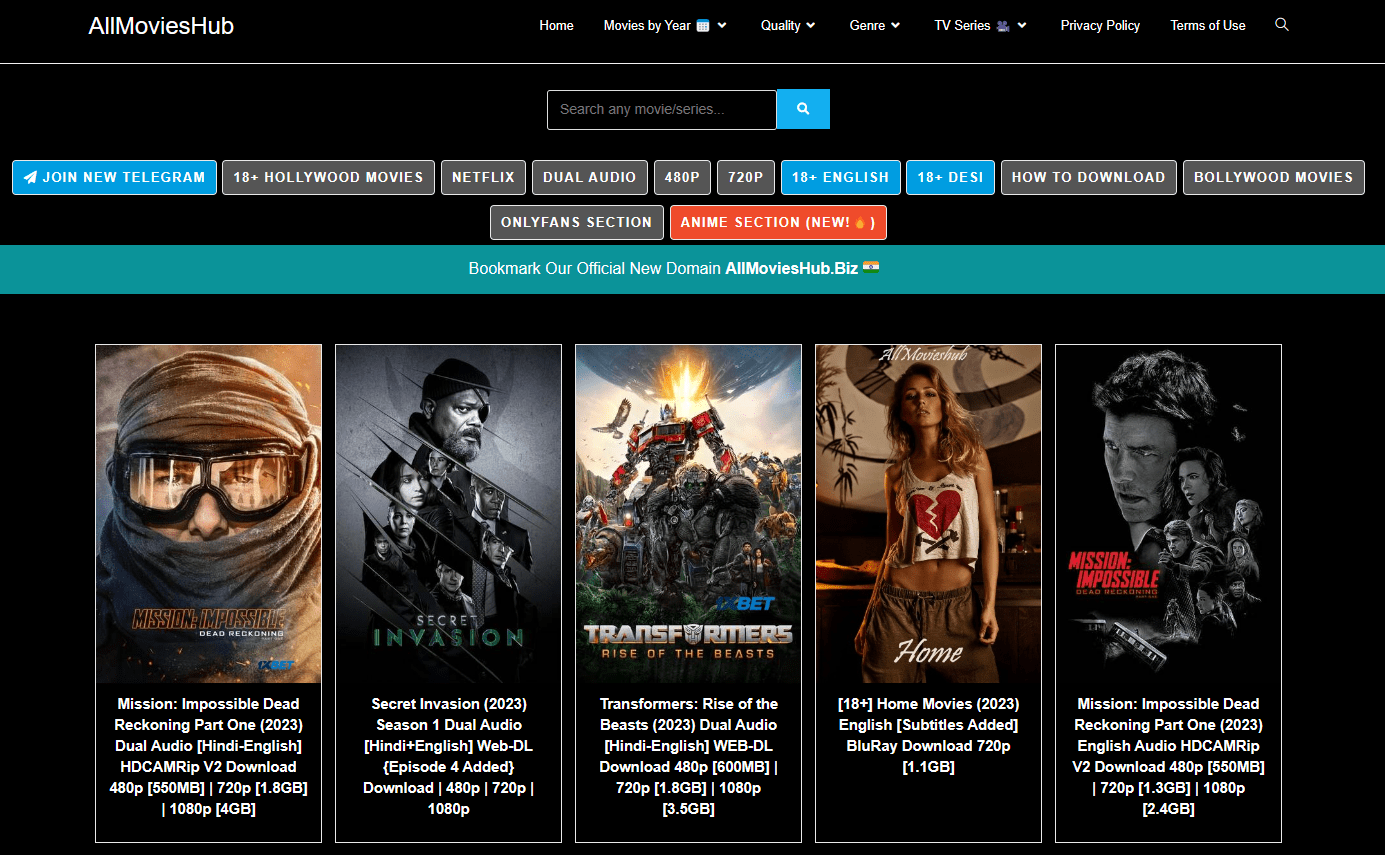When it comes to managing data, RAID (Redundant Array of Independent Disks) systems offer a variety of configurations to enhance performance, increase storage capacity, and provide data redundancy. With numerous RAID levels available, choosing the right one for your specific situation can be overwhelming. As a data recovery expert with years of experience, I’d like to guide you through the process of selecting the best RAID level for your needs.
Understanding RAID: The Basics
RAID technology allows multiple hard drives to work together, either to improve performance or ensure data redundancy. Each RAID level offers distinct advantages and disadvantages, so it’s essential to evaluate your requirements before making a decision. Below, I’ll outline some of the most common RAID configurations and their benefits to help you determine which is best suited for your situation.
Common RAID Levels
1. RAID 0 (Striping)
Best For: Performance-focused applications where speed is paramount, such as video editing or gaming.
Benefits:
- High performance: By splitting data across multiple drives, RAID 0 enhances read and write speeds.
- Full capacity: Utilizes the entire capacity of all combined disks.
Drawback: Lacks redundancy; if one drive fails, all data is lost. RAID 0 is not recommended for critical data storage.
2. RAID 1 (Mirroring)
Best For: Users prioritizing data protection over performance, such as small businesses or individuals with essential files.
Benefits:
- Redundancy: Data is mirrored across two or more drives, providing a backup if one drive fails.
- Simple recovery: Easy to replace a failed drive without data loss.
Drawback: Only 50% of the total storage capacity is usable since data is duplicated.
3. RAID 5 (Striping with Parity)
Best For: Small to medium-sized businesses that require a balance of performance and data protection.
Benefits:
- Fault tolerance: Can withstand a single drive failure without data loss.
- Efficient storage: Offers a good mix of speed and redundancy while using less storage for parity.
Drawback: Write speeds can be slower due to the overhead of calculating parity.
4. RAID 6 (Dual Parity)
Best For: Organizations that cannot afford data loss, such as financial institutions or healthcare providers.
Benefits:
- Enhanced fault tolerance: Can handle up to two simultaneous drive failures.
- Strong data protection: Offers additional security for critical data.
Drawback: Slightly reduced write performance compared to RAID 5 due to dual parity calculations.
5. RAID 10 (1+0)
Best For: High-performance applications that also require redundancy, such as databases or enterprise servers.
Benefits:
- Combines benefits of RAID 0 and RAID 1: Delivers high speed and redundancy.
- Fast recovery: If a drive fails, data can be quickly restored from the mirrored drive.
Drawback: Requires a minimum of four drives and only provides 50% usable storage.
Factors to Consider When Choosing a RAID Level
- Purpose of Storage: Assess what you will primarily use the RAID system for. Is it for critical data storage, high-speed processing, or a balance of both?
- Budget: Some RAID configurations require more disks and higher investments, so consider your budget when choosing.
- Data Criticality: Evaluate how essential your data is. If losing data could impact your business or operations, opt for a more fault-tolerant RAID level.
- Performance Requirements: Determine whether speed is a priority for your applications. High-performance environments may benefit from RAID 0 or RAID 10 configurations.
- Scalability Needs: Think about how your storage needs might grow in the future. Some RAID levels are easier to expand than others.
Final Thoughts
Selecting the right RAID level for your situation requires careful consideration of your specific needs and priorities. Whether you’re a small business looking to protect essential data or a tech enthusiast aiming for peak performance, understanding the different RAID configurations will empower you to make the best choice.
Always remember that while RAID can enhance data security and performance, it is not a substitute for regular backups. Consider using RAID in conjunction with a solid backup strategy to ensure comprehensive data protection.
If you ever find yourself in a situation where RAID failure occurs, professional data recovery services like Stellar Data Recovery can assist you in retrieving lost data, no matter the RAID configuration. Our expert team specializes in addressing RAID issues, ensuring minimal downtime and maximum recovery.



